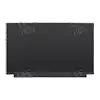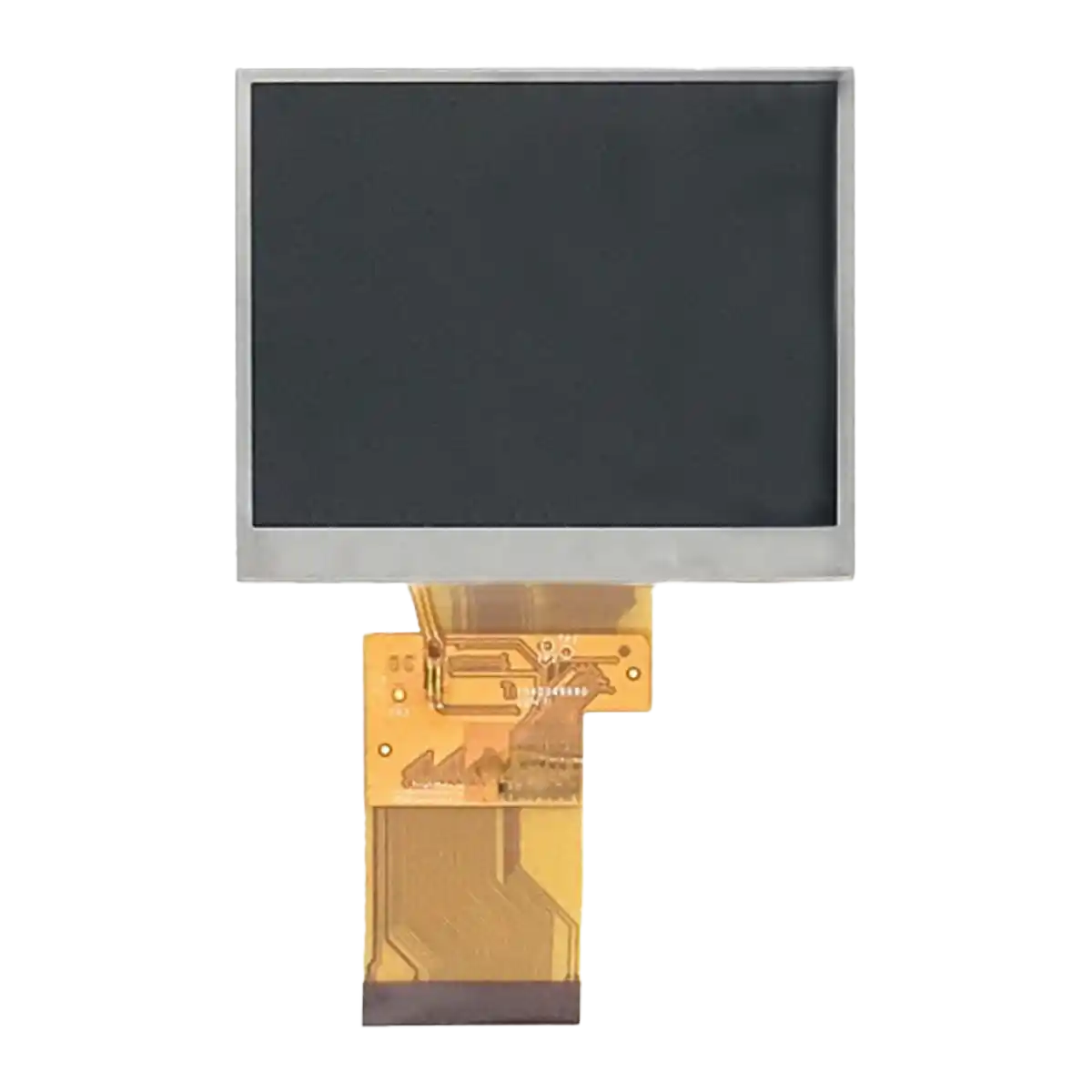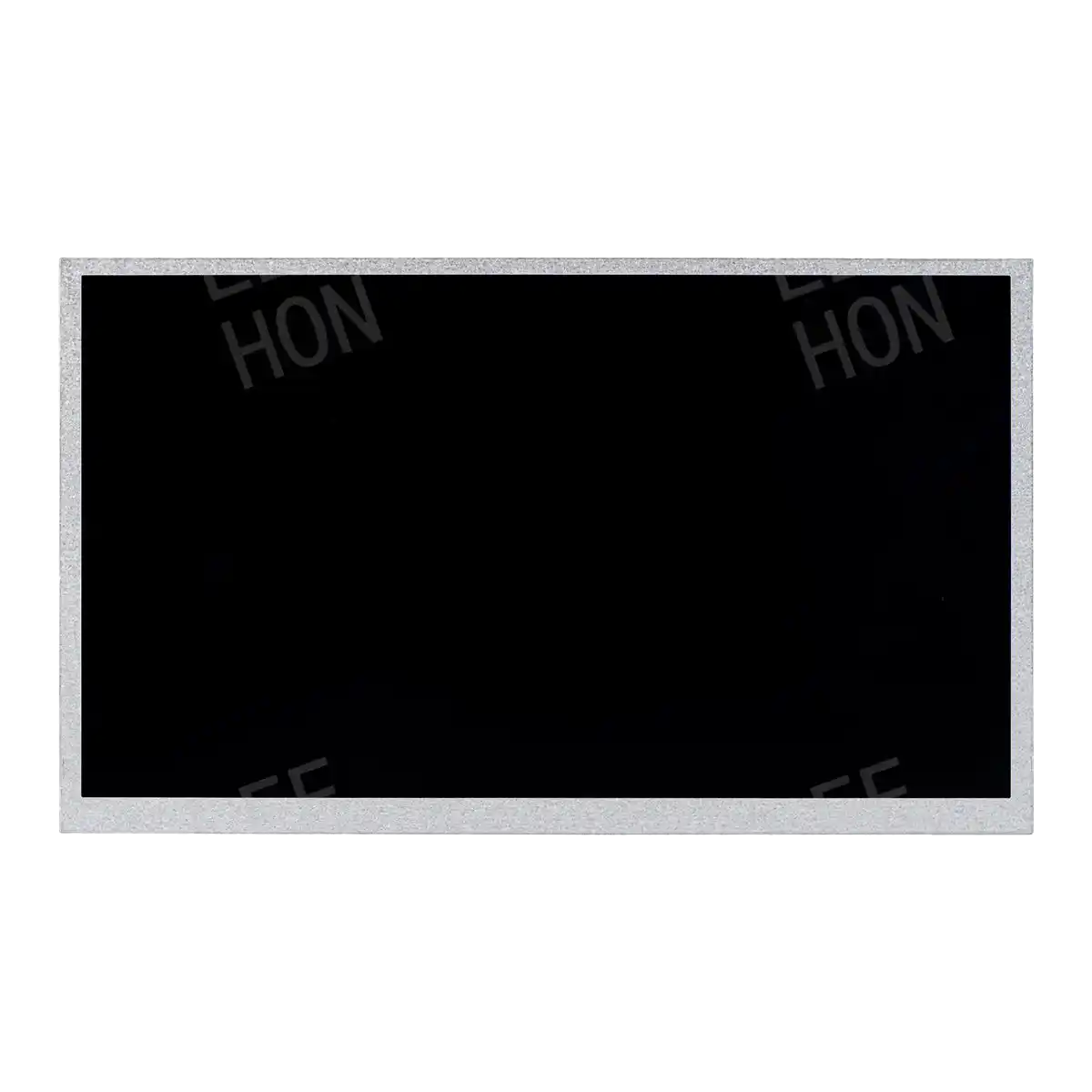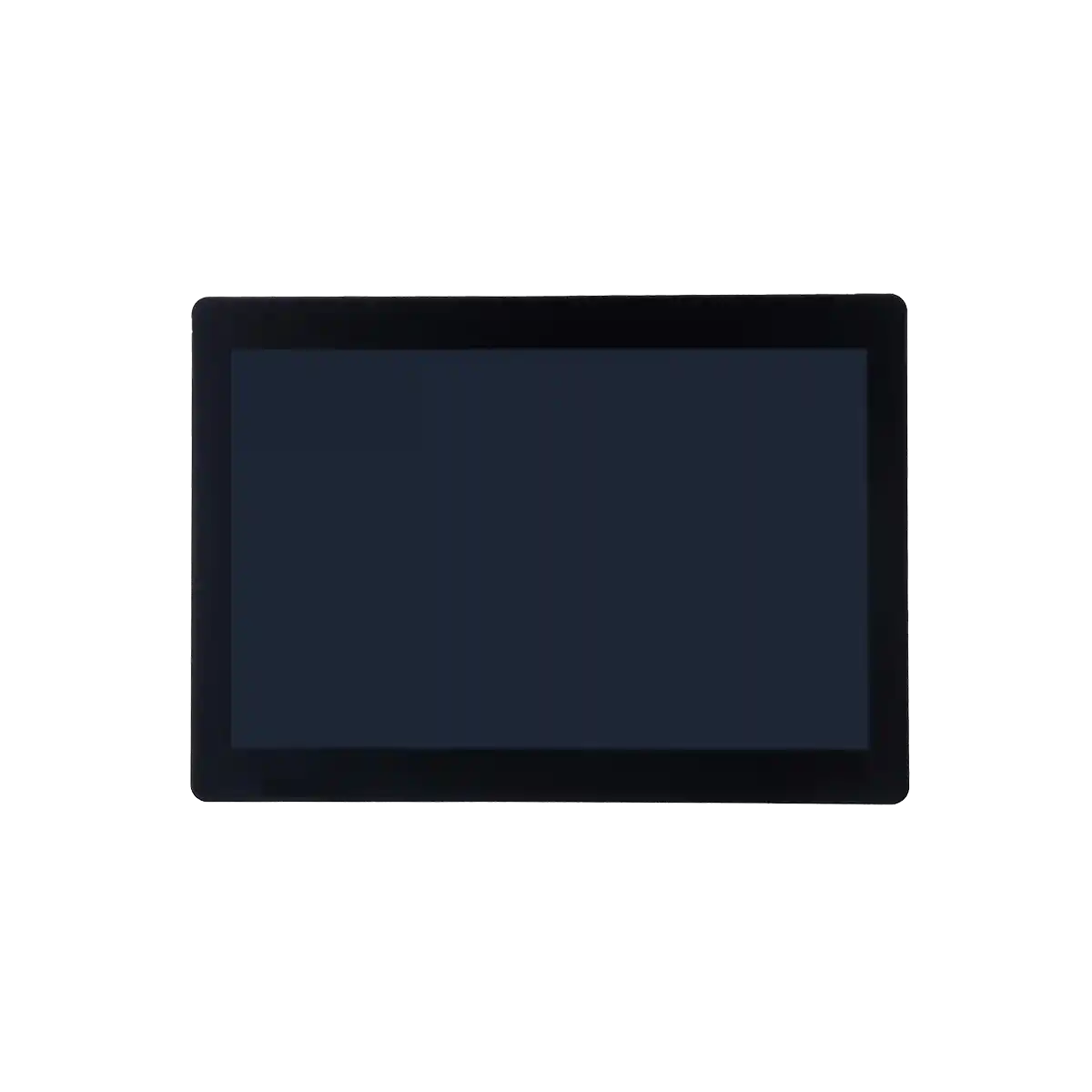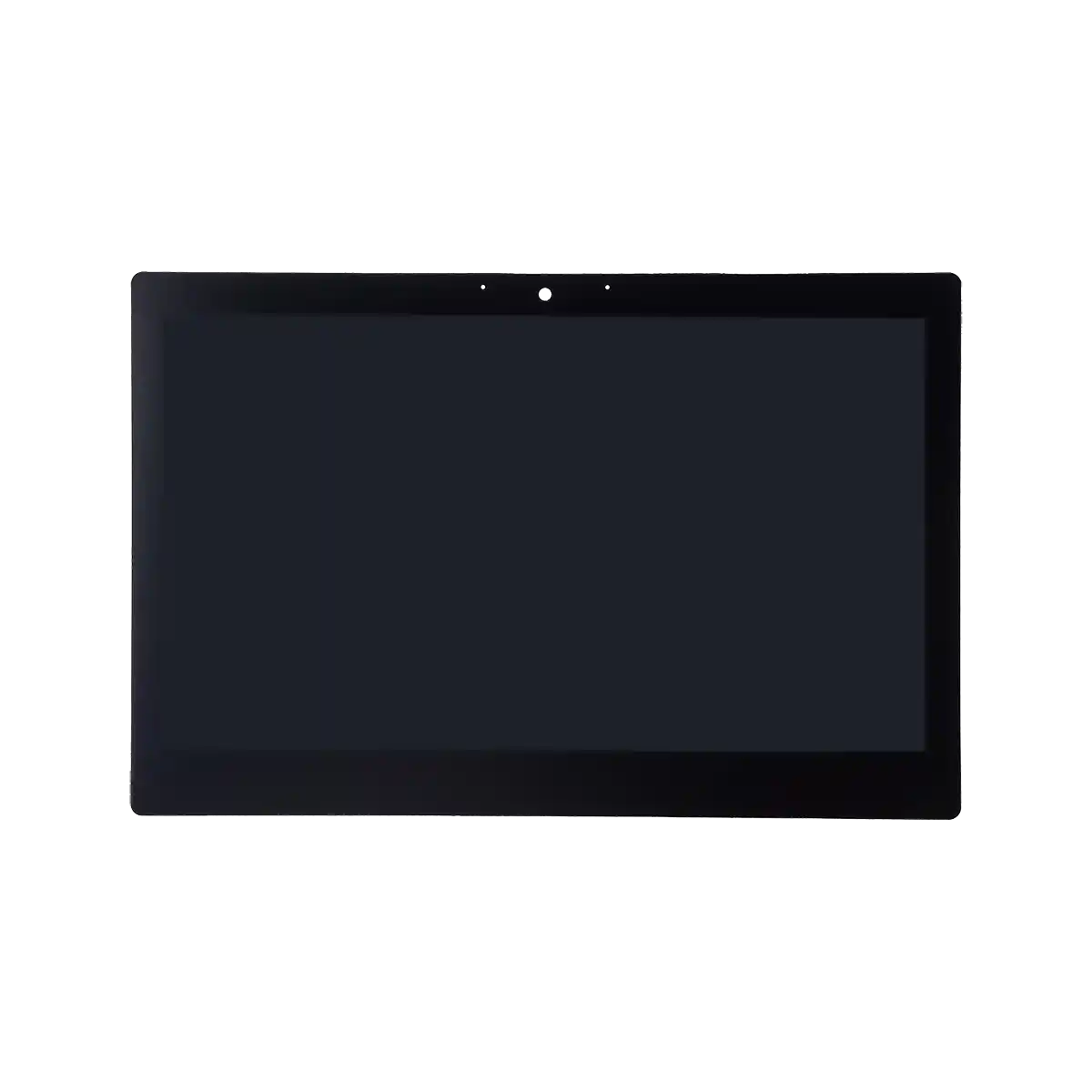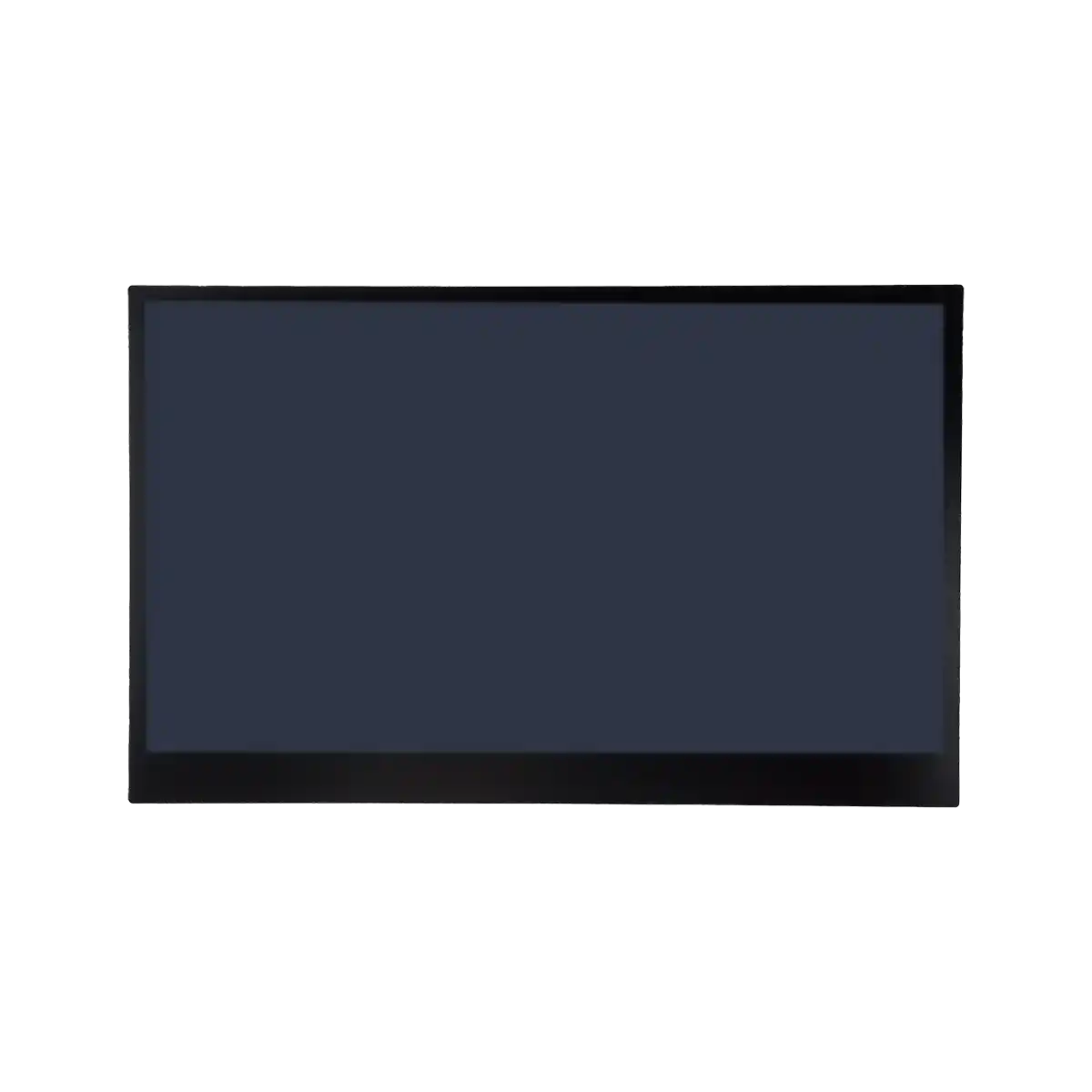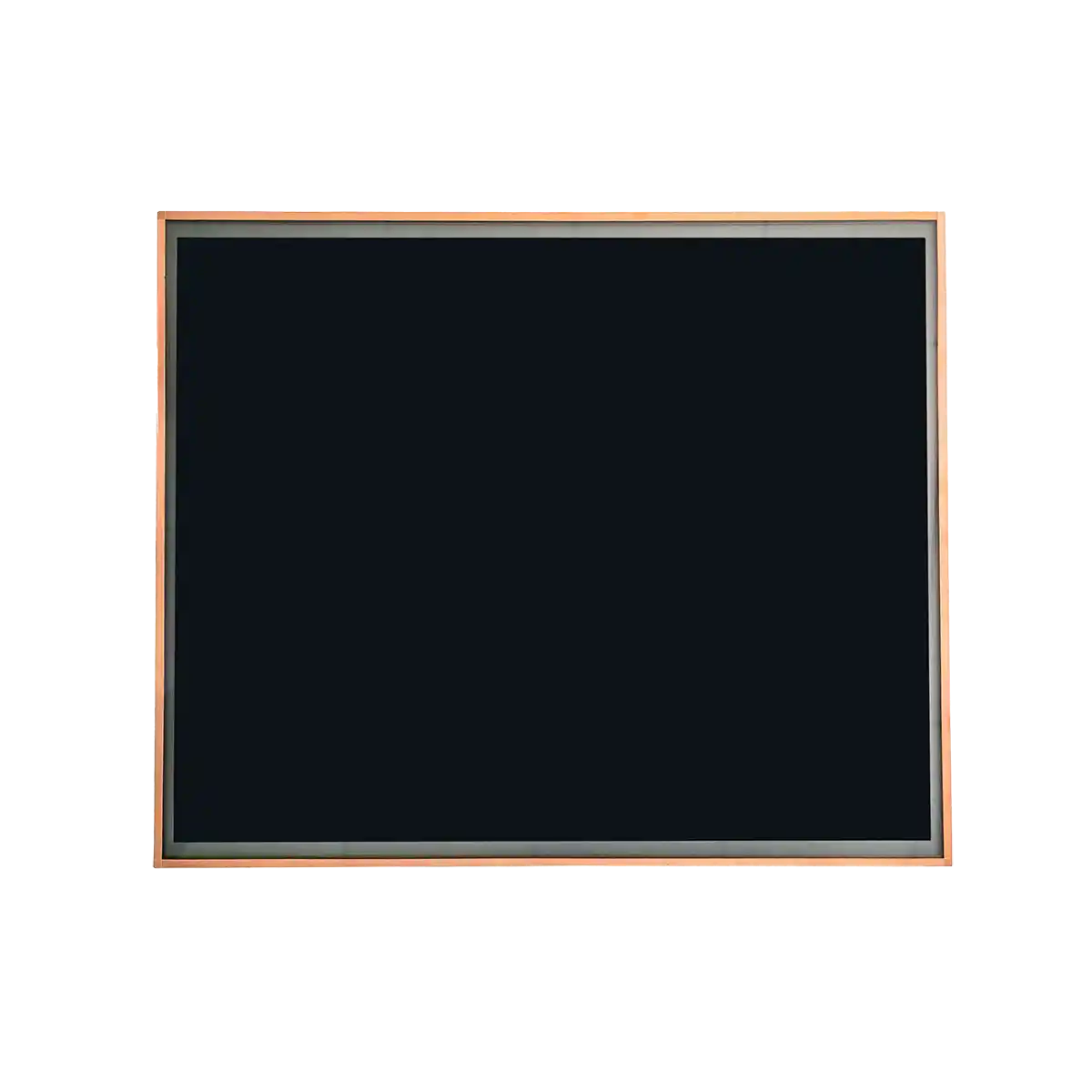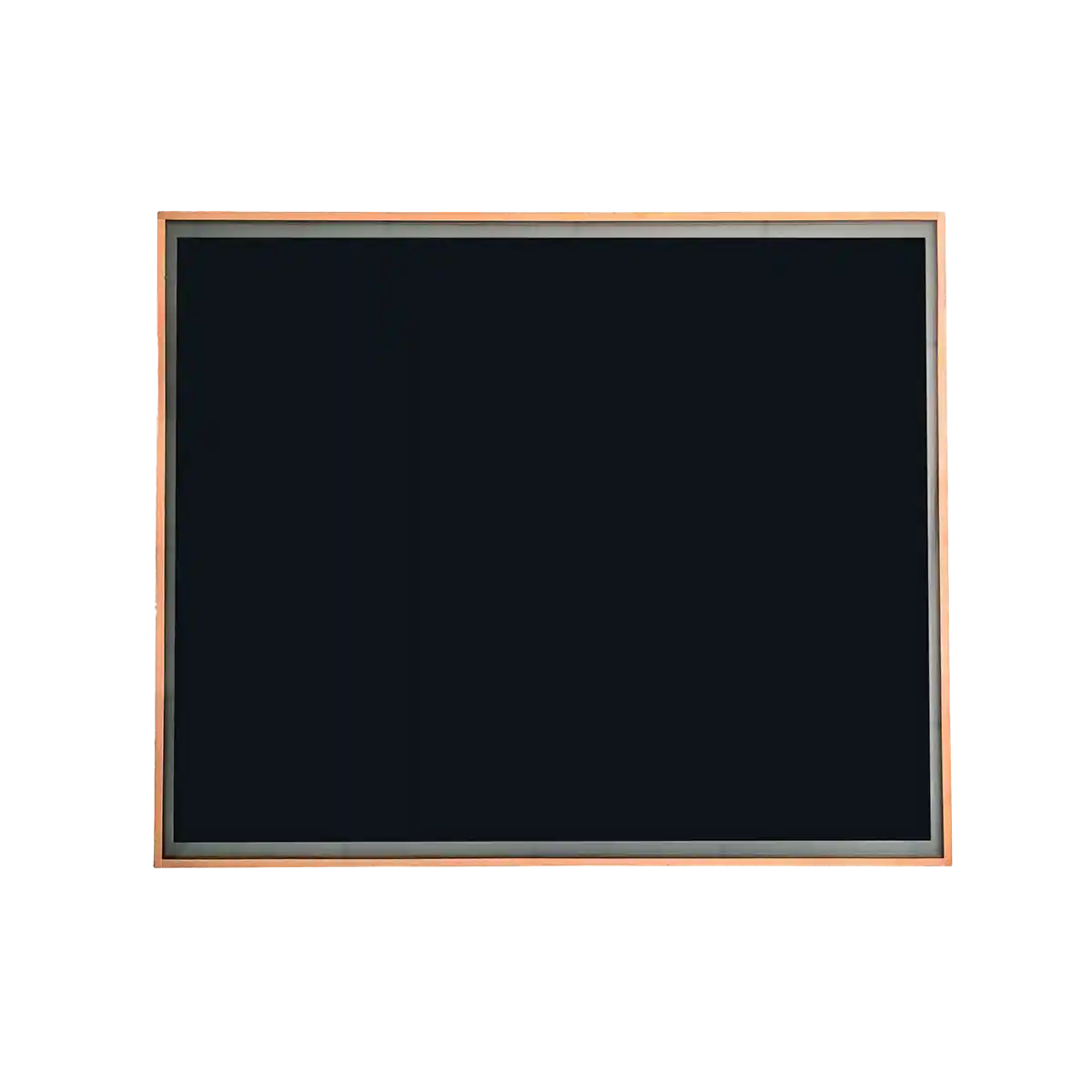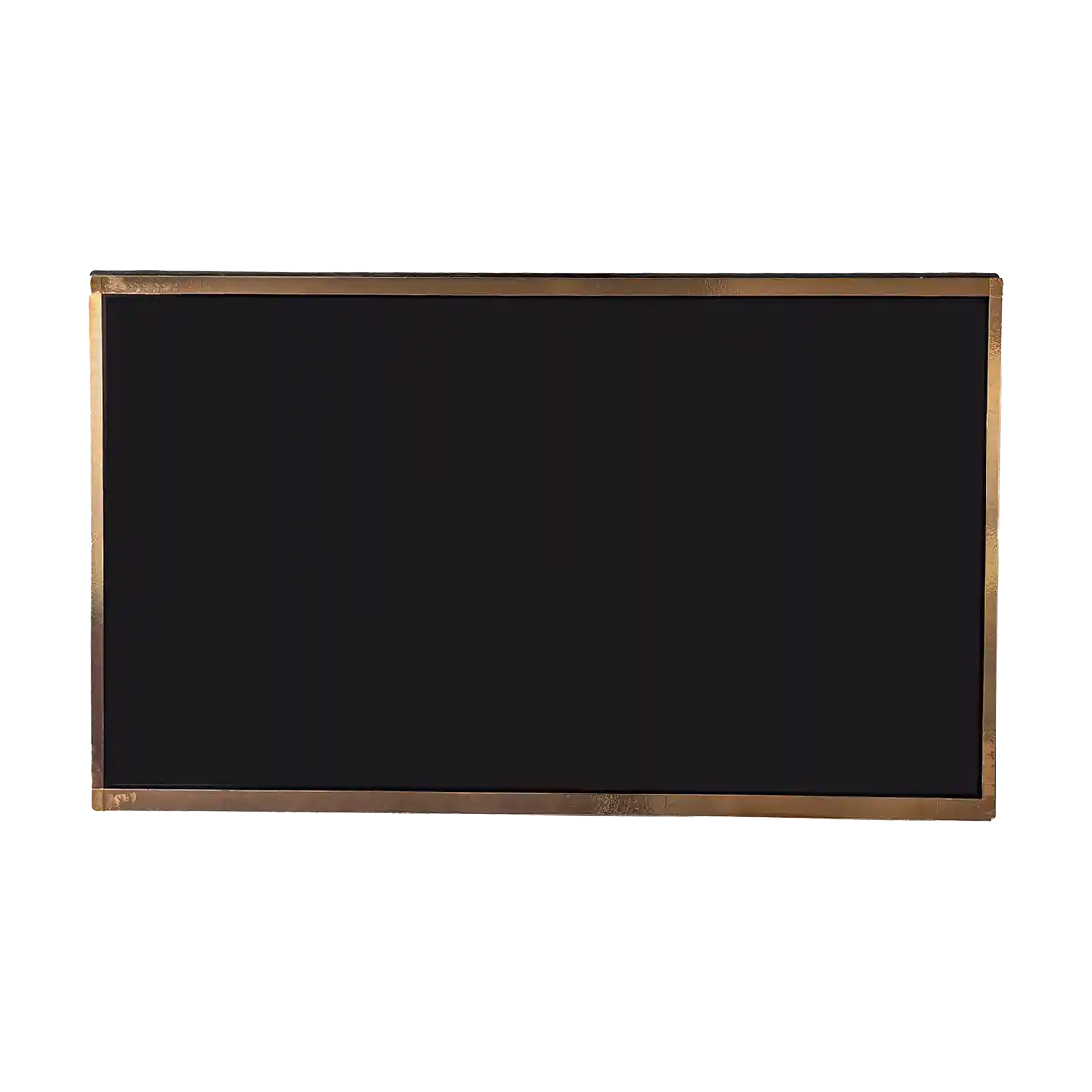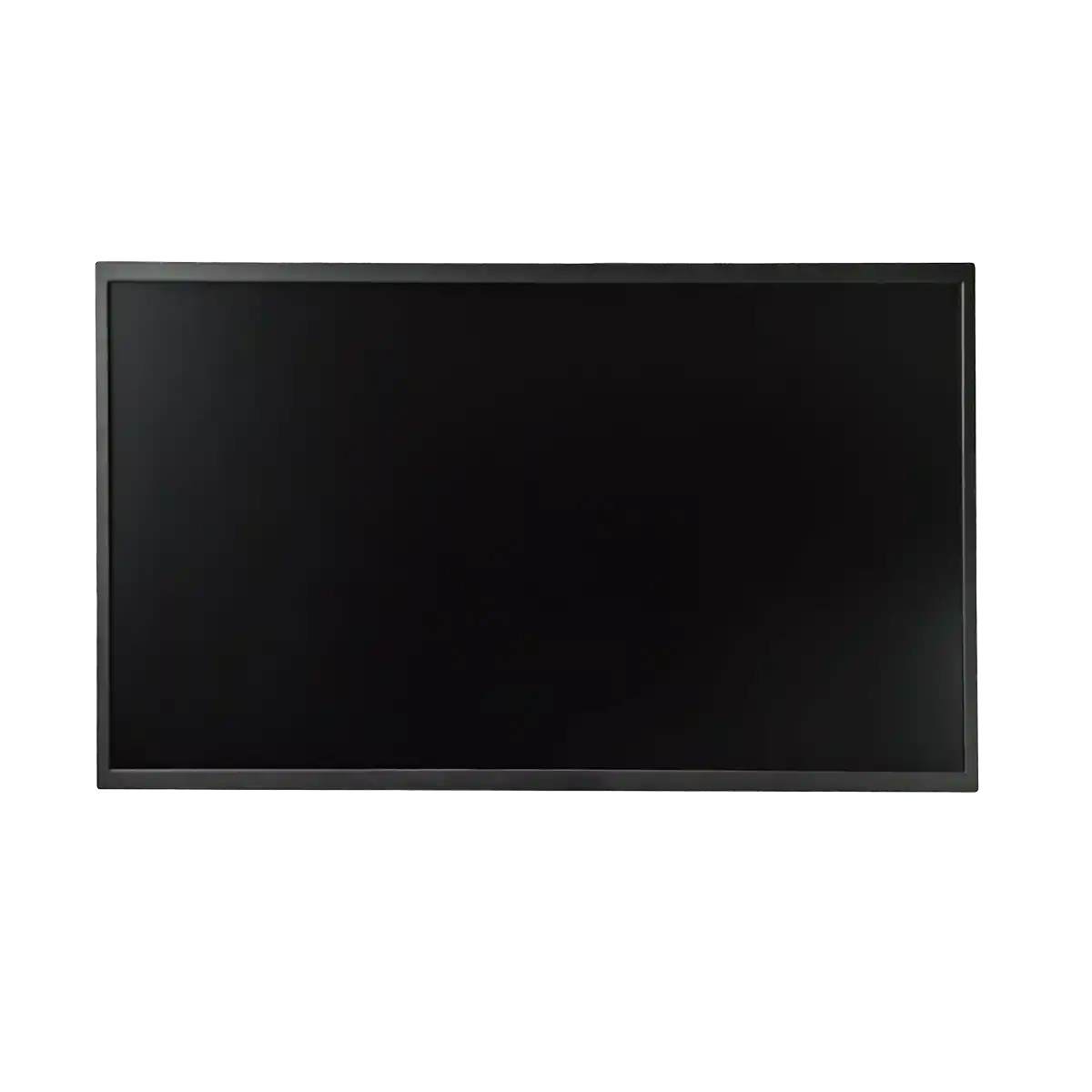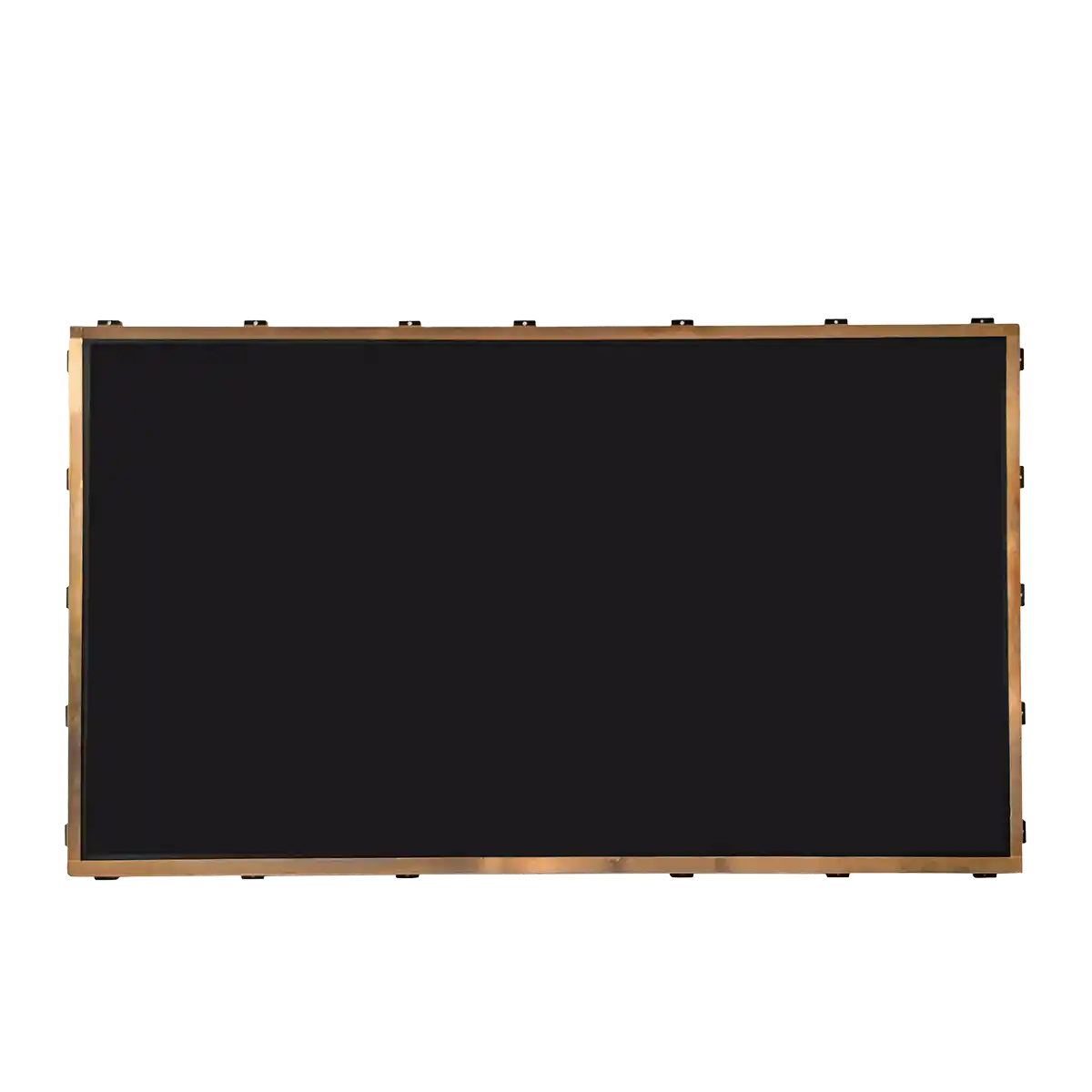Energy Efficiency of Industrial LCD Screens: A Greener Approach
In the ever-evolving landscape of industrial technology, the quest for energy efficiency has become a pivotal concern. Industrial LCD screens, as integral components of modern manufacturing and control systems, are not exempt from this pursuit. As a specialist in the field of display technology, I am keen to elucidate the nuances of energy efficiency in industrial LCD screens and explore the greener approaches that are shaping the industry.

Industrial LCD screens, or Liquid Crystal Displays, are widely utilized for their high-resolution imaging, durability, and versatility in various industrial environments. These screens are composed of liquid crystals sandwiched between two layers of glass, with an electric current controlling the orientation of these crystals to produce images. The energy efficiency of these screens hinges on several factors, including backlight technology, power management systems, and the materials used in their construction.
1. Backlight Technology: Traditional CCFL (Cold Cathode Fluorescent Lamp) backlights have been the norm for LCD screens. However, advancements in LED (Light Emitting Diode) technology have revolutionized the industry. LED backlighting consumes less power, generates less heat, and has a longer lifespan compared to CCFLs. Moreover, advancements in LED technology, such as quantum dot LEDs, are further enhancing energy efficiency by offering superior color reproduction and brightness levels with lower power consumption.
2. Power Management Systems: Sophisticated power management systems are crucial for optimizing the energy consumption of industrial LCD screens. These systems can dynamically adjust the screen's brightness and refresh rate based on the ambient light conditions and the content displayed. Additionally, standby modes and sleep functions further reduce energy draw when the screens are not in active use.
3. Materials and Construction: The choice of materials and the construction of the LCD screens also impact their energy efficiency. For instance, the use of polarizers with a higher transmission rate can reduce the backlight's power requirement. Furthermore, the incorporation of thin-film transistors (TFTs) with lower leakage currents can minimize power consumption during operation.
4. Energy-Saving Features: Many industrial LCD screens now come equipped with energy-saving features such as ambient light sensors, which adjust the screen's brightness in response to the surrounding light levels, thereby reducing power usage. Some screens also offer eco-modes that users can activate to further decrease energy consumption.
5. Lifecycle and Maintenance: The overall energy efficiency of an industrial LCD screen extends beyond its operational phase. The manufacturing process, disposal, and recycling of screens also contribute to their environmental impact. Manufacturers are increasingly focusing on using recycled materials and designing screens that are easier to recycle at the end of their lifecycle.
The pursuit of energy efficiency in industrial LCD screens is a significant aspect of sustainable industrial practices. The shift towards LED backlighting has already demonstrated a substantial reduction in power consumption compared to traditional CCFLs. Additionally, the integration of advanced power management systems allows for further optimization of energy use by adapting to the screen's operational conditions.
The incorporation of energy-saving features such as ambient light sensors and eco-modes provides users with tools to actively reduce the energy footprint of these screens. Moreover, the focus on materials and construction that enhance transmission rates and minimize leakage currents contributes to the overall efficiency of the screens.
While significant strides have been made, there is always room for improvement. Continuous advancements in technology, coupled with a commitment to sustainable practices in manufacturing and disposal, will be crucial in further reducing the environmental impact of industrial LCD screens. The future may hold more efficient lighting solutions, improved power management algorithms, and innovative materials that could redefine the energy efficiency standards of these displays.
Recommended Articles
-
Are the displays in Tesla's Cyb
2024-12-10 -
Interpretation Report on AUO's
2024-12-05 -
ADS Pro: The Future of Display
2024-12-04 -
The Trajectory of South Korea's
2024-12-04 -
Practical Applications of Indus
2024-09-26 -
Hangzhou LEEHON Technology supp
2024-09-14 -
How to Check for Issues in Indu
2024-09-11 -
How does an LCD screen find ind
2024-09-11 -
What is the difference between
2024-09-11 -
In-depth analysis of the develo
2024-09-10











